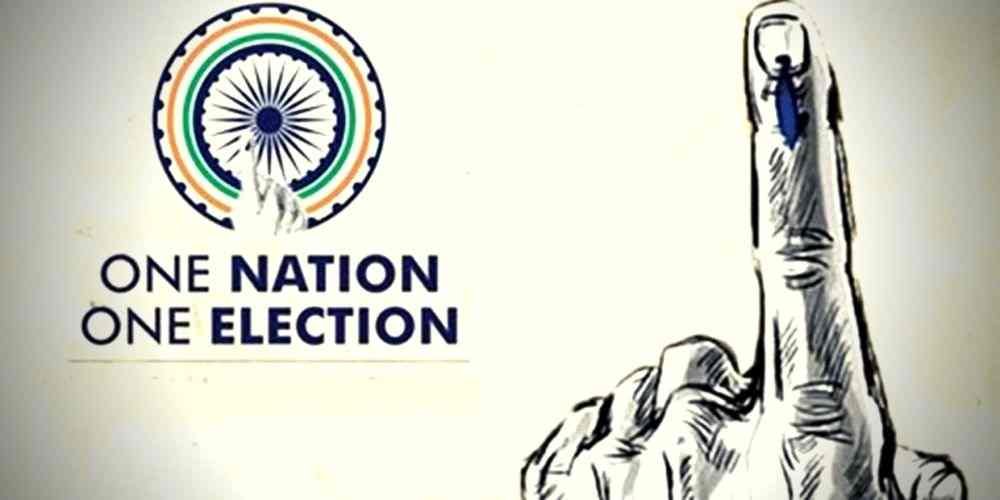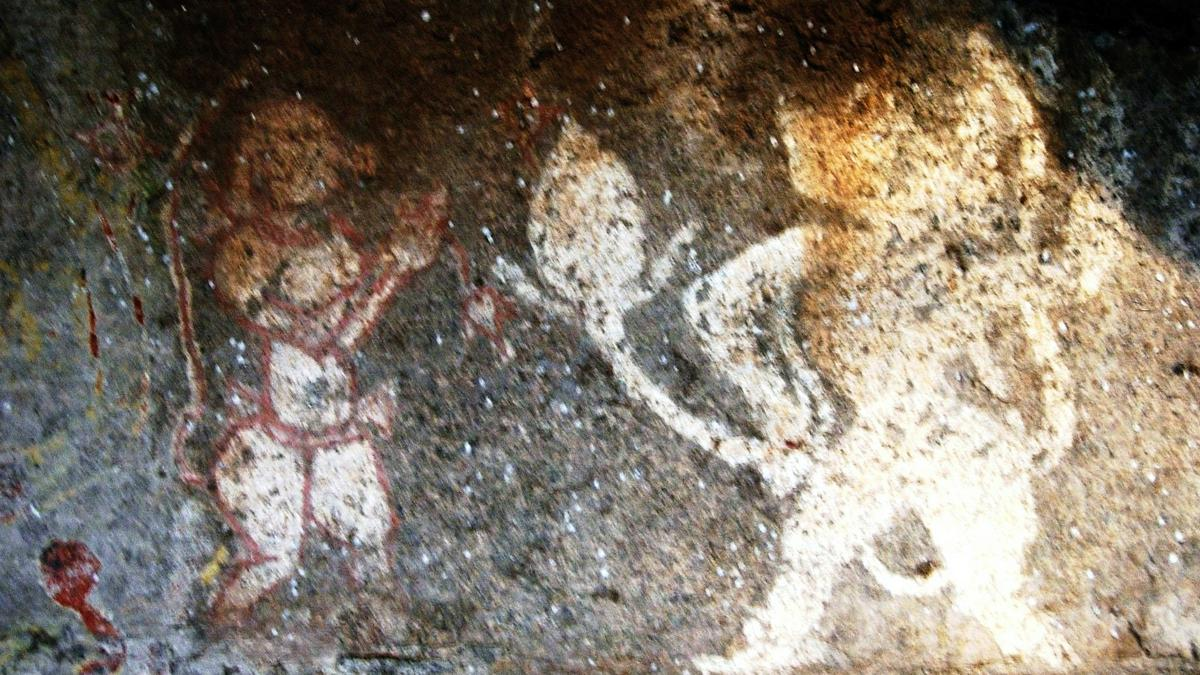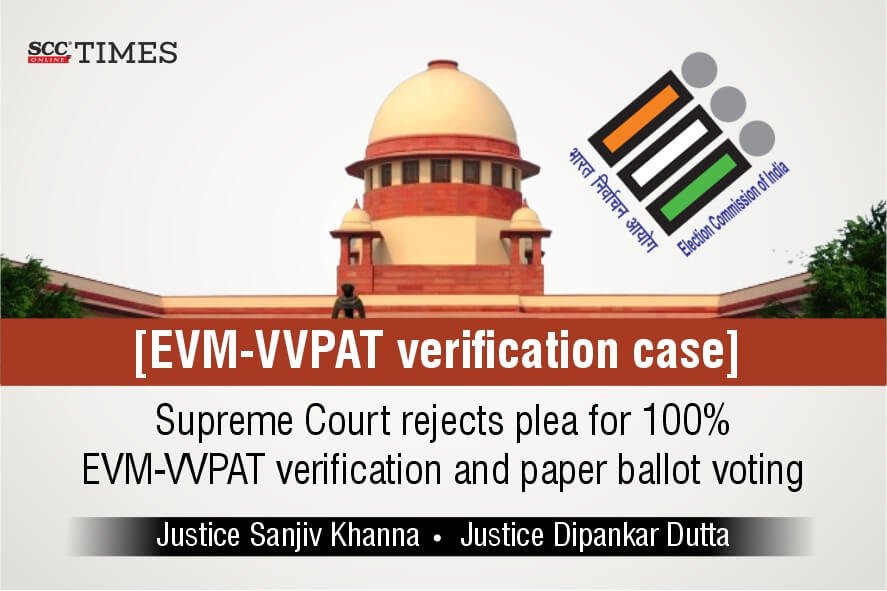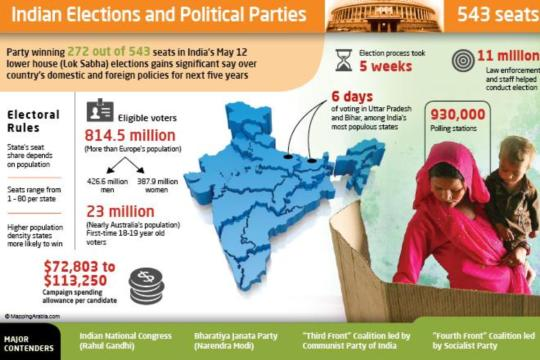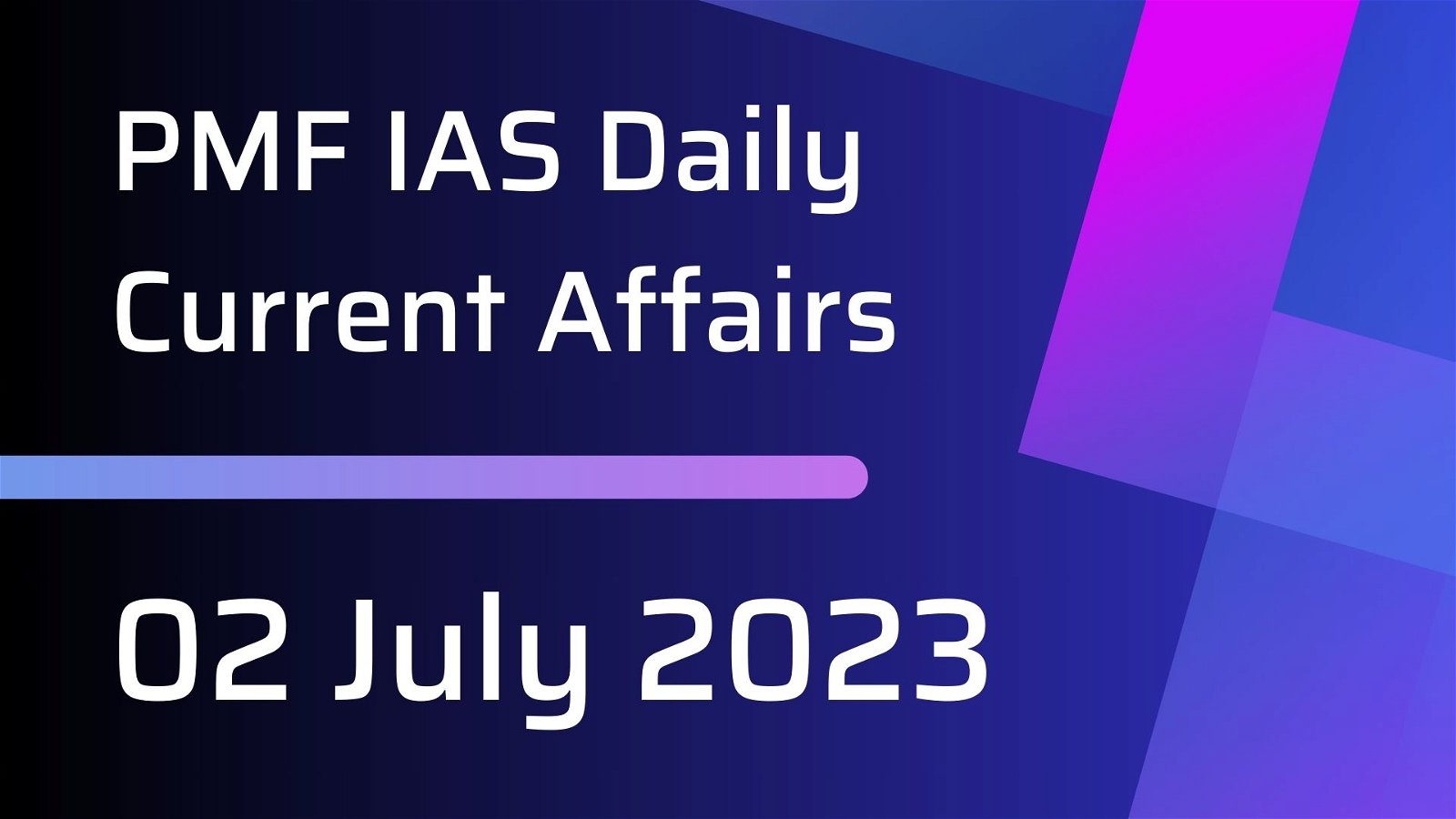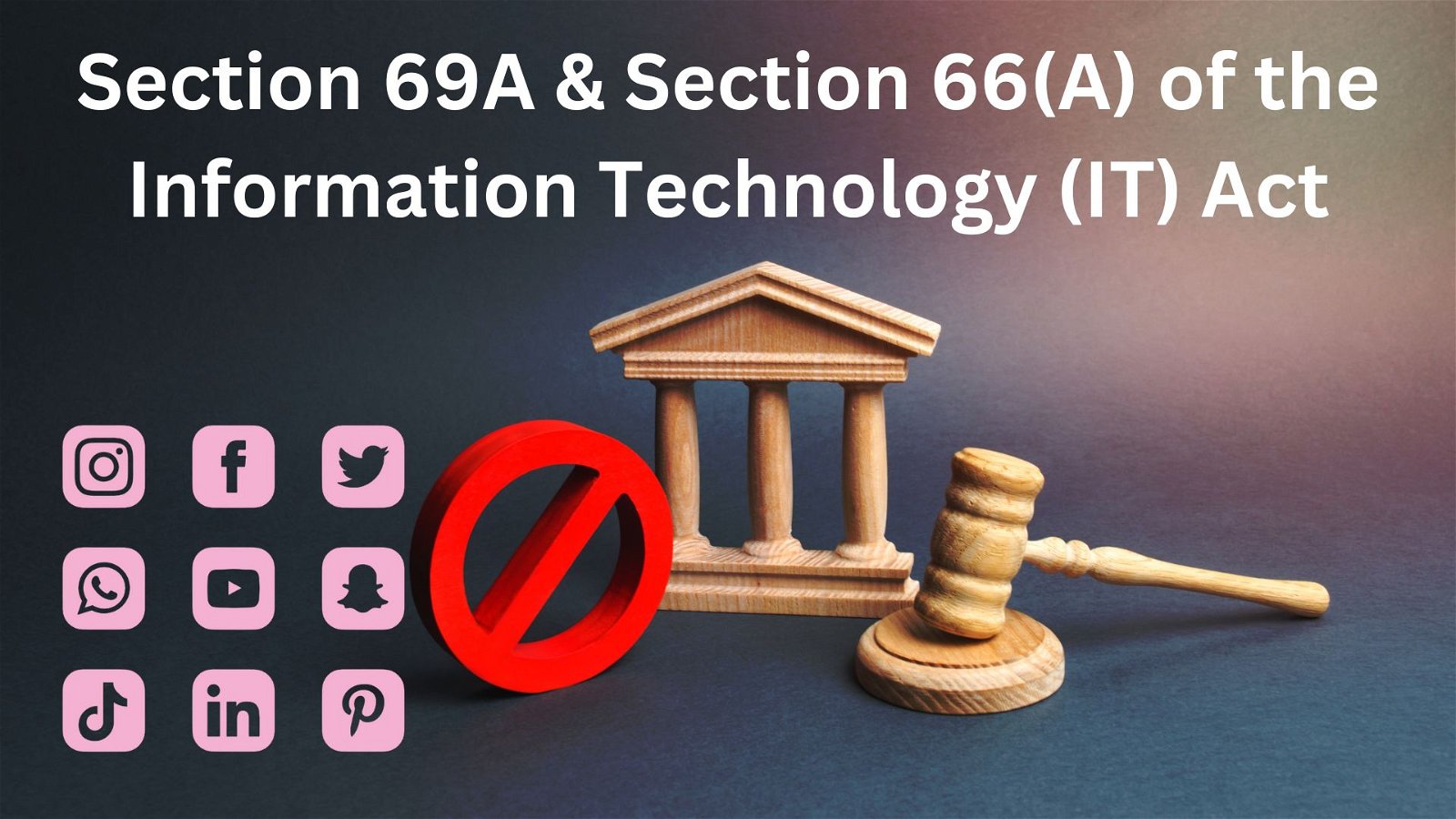
Election Symbols Disputes, Election Symbols (Reservation and Allotment) Order, 1968
Subscribe to Never Miss an Important Update! Assured Discounts on New Products!
Must Join PMF IAS Telegram Channel & PMF IAS History Telegram Channel
Election Symbols Disputes
- Context (TH | ET): Amid the infighting in the NCP, Ajit Pawar approached the Election Commission (EC) to stake claim to the name and symbol of the party.
- In response, the Sharad Pawar faction has filed a caveat with the EC, urging it to hear their side.
The Election Symbols (Reservation and Allotment) Order, 1968
- The Election Commission (EC) promulgated this order in 1968.
- The Election Symbols Order provides for:
- Specification, reservation, choice and allotment of symbols at elections in Parliamentary and State Assembly constituencies.
- Registration, de-registration, recognition and derecognition of political parties.
- Conditions a party must fulfil to become a national or a state party.
- Resolving disputes involving splits in recognised parties or the merger of political parties.
Symbols
- Symbols are reserved for political parties. A reserved symbol is allocated to a political party, while a free symbol can be allocated to non-recognized parties and independent candidates.
Party Disputes
- ECI is the ONLY authority to decide on a dispute in a political party or a merger of political parties.
- The Symbols Order mandates that when EC is satisfied that there are two splinter groups within a recognised party, the question comes undisputedly within the commission’s jurisdiction for adjudication.
- ECI decides the dispute based on a claimant’s support within a political party in its organisational wing (office-bearers) and its legislative wing (MPs and MLAs).
- Whenever the EC could not test the strength of rival groups based on support within the party organisation, it only consider the majority among elected MPs and MLAs.
- The ECI may decide the dispute in favour of one faction, give the name and symbol of that recognised party, and permit the other group to register as a separate political party.
- If both legislative win and organisational win are found indecisive, the ECI also freezes the symbol and asks both factions to choose a new symbol and register themselves with new names.
- In 1969, in the first Congress split, the ECI recognised both the Congress (O) and Congress (R) parties.
- If reunited in future, the claimants may approach the EC again and seek to be recognised as a unified party. ECI may restore the symbol and name of the original party.

Sadiq Ali and Another Vs Election Commission of India, 1972
|
Election Symbols (Reservation and Allotment) (Amendment) Order, 2017
- It contained the list of the national and state parties with their respective symbols, a list of registered unrecognised parties, a list of free symbols, images of reserved symbols, etc.
Recognition and Derecognition of the Political Parties
- Political parties are divided into regional or state and national or registered and unregistered parties.
- After two consecutive general elections, the poll performance of the already recognised political parties and newly associated parties would be evaluated.
- If they fail to perform well, they could be deregistered or derecognised, and newly associated parties could find their place as recognised or registered parties.
- This order helps the Commission to prevent the wanton growth of political parties.
The Constitutional Validity of the Symbols Order
- The constitutional validity of the Symbols Order was challenged in Kanhaiyalal Omar v. R K Trivedi (1986).
- The main objection was that Article 324 of the Constitution could not be interpreted to have vested legislative powers to the ECI to issue such an order. The SC repudiated this argument on two grounds:
- Conduct of Election Rules, 1961
- Article 327
Conduct of Election Rules, 1961
- Rule 5 obliges the EC to specify symbols used by the political parties in Parliamentary/State Elections.
- Rule 10(4) empowers the ECI to issue general or specific directions to the returning officers at the booth regarding the allotment of symbols.
- Rule 10(5) authorises the Commission to revise the allotment of the symbols by the returning officers if they are inconsistent with the directions issued by the EC.
- In light of these rules, ECI has the legal authority to promulgate the Sybols Order.
Article 327
- Article 327 provides that Parliament may make provisions concerning all matters relating to elections to the House of Parliament/State Legislature, subject to provisions of IC, including Article 324.
- Article 324: Superintendence, direction & control of elections to be vested in an Election Commission.
- So, the EC is empowered to issue such orders in light of its wide powers under the Indian Constitution.





![PMF IAS Environment for UPSC 2022-23 [paperback] PMF IAS [Nov 30, 2021]…](https://pmfias.b-cdn.net/wp-content/uploads/2024/04/pmfiasenvironmentforupsc2022-23paperbackpmfiasnov302021.jpg)

